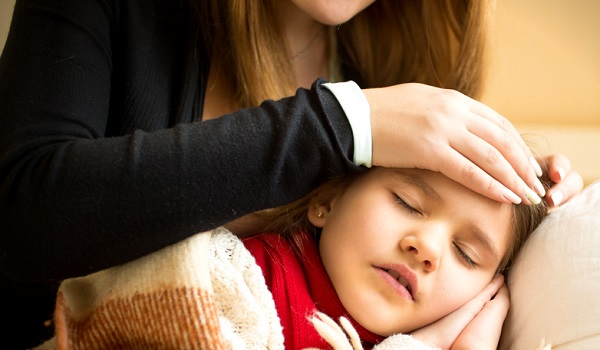Parents are always concerned about the safety of the food their children consume, considering potential risks such as choking hazards, allergies, and more.
However, there are lesser-known dangers associated with certain foods that parents need to be aware of. This blog post aims to highlight some of the most hazardous foods for children and provide valuable tips on keeping them safe.
Join us as we delve into the risks associated with high-sodium, high-sugar, and bacteria-prone foods, and discover essential steps to identify and prevent potential harm.
1- Foods that are Dangerous to Children:
While parents are familiar with common risks like choking hazards and allergies, other less apparent dangers exist. High-sodium foods can lead to dehydration and electrolyte imbalance, while high-sugar foods contribute to dental cavities and obesity. Raw fish, for instance, may contain bacteria causing food poisoning. It’s crucial for parents to be aware of these risks, ensuring their children are not exposed to dangerous foods. Supervision during meals is vital to prevent choking or other injuries.
2- How to Identify These Foods:
Children under the age of five are at a higher risk of foodborne illnesses due to their developing immune systems. Certain foods, such as raw eggs, unpasteurized milk, raw meat, shellfish, and even fruits and vegetables like leafy greens and melons, pose potential risks. Thoroughly washing produce and cooking these foods when possible can help eliminate harmful bacteria. By adopting these precautions, parents can play a proactive role in safeguarding their children from potential harm.
3- What to Do if Your Child Consumes a Hazardous Food:
In the unfortunate event that a child consumes a hazardous food, immediate action is essential. Removing any remaining food from the mouth, monitoring for signs of distress, and providing small sips of water are initial steps. If breathing difficulties arise, calling for an ambulance is crucial. Contacting the Poison Control Center is the next step, where details about the food, quantity consumed, and possible allergens must be shared. Following their instructions, including a visit to the emergency room if necessary, ensures prompt and appropriate medical attention.
4- Prevention is Key – Keep These Foods Out of Reach and Educate Your Children:
Foodborne illnesses pose a significant public health concern, affecting millions each year. Salmonella and E. coli are common culprits, causing severe illnesses, hospitalizations, and even death. Prevention is key, involving keeping dangerous foods out of reach, educating children about hand hygiene, and practicing safe food handling. By implementing these guidelines, families can reduce the risk of exposure to harmful bacteria and maintain a safe food environment.
Conclusion:
Food poisoning is a serious health hazard for children, and parents must be proactive in safeguarding their well-being. By understanding the risks associated with certain foods, implementing preventive measures, and acting swiftly in case of ingestion, parents can create a safe environment for their children. This comprehensive guide has explored the dangers of specific foods, offering practical tips for parents to ensure their children’s safety.
References:
NHS Choices. (2022). Children’s food: safety and hygiene. https://www.nhs.uk/conditions/baby/weaning-and-feeding/childrens-food-safety-and-hygiene/

